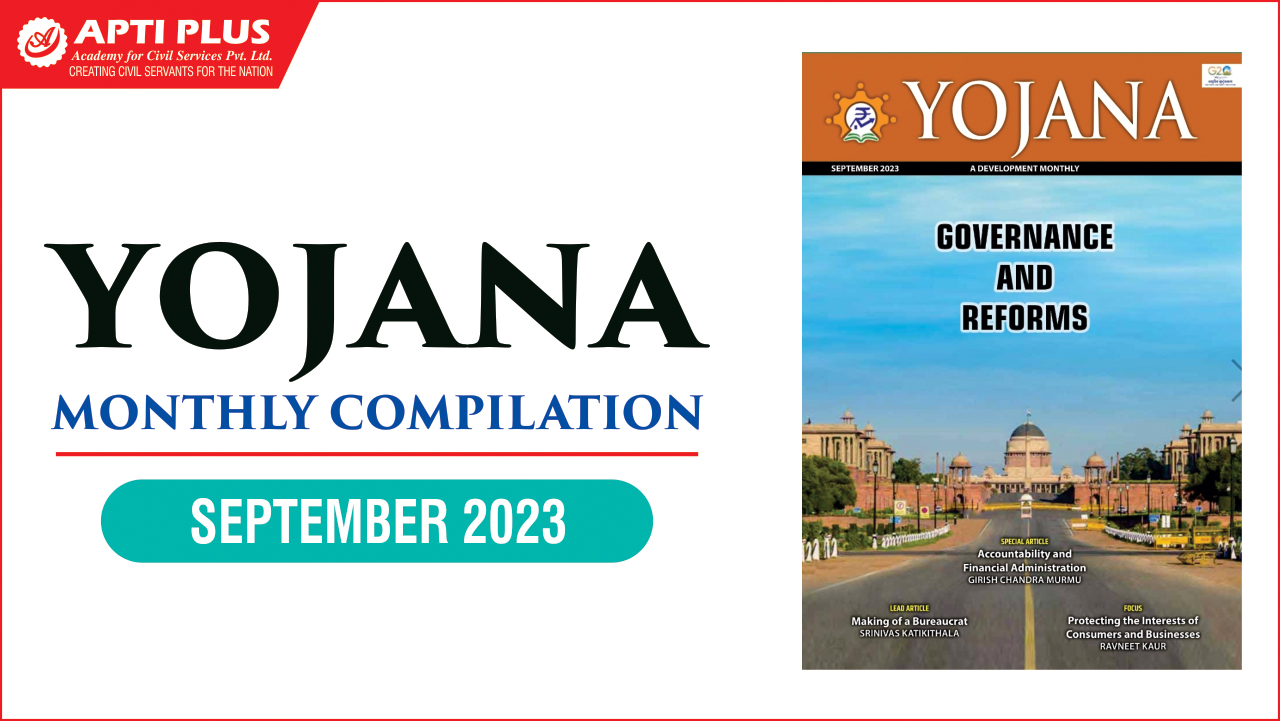Description

Copyright infringement not intended
Picture Courtesy: www.jammulinksnews.com
Context: The Periodic Labour Force Survey (PLFS) conducted by the National Sample Survey Office (NSSO) shows positive trends in the country's labour market between April and June 2023.
Key Highlights of the Survey
- According to the survey, there has been a decrease in the unemployment rate, an increase in the Labor Force Participation Rate (LFPR), and an improvement in the Worker-Population Ratio (WPR) during this period, especially in urban areas.
Unemployment Rate (UR) Decrease
- The unemployment rate decreased from 7.6% to 6.6% in urban areas between April-June 2022 and April-June 2023. For males, it decreased from 7.1% to 5.9%, and for females, it decreased from 9.5% to 9.1% during the same period.
- A lower unemployment rate indicates that a smaller percentage of the workforce is jobless, suggesting improved employment opportunities and economic stability in urban areas.

Labor Force Participation Rate (LFPR) Increase
- LFPR in urban areas increased from 47.5% to 48.8% between April-June 2022 and April-June 2023. For males, LFPR remained stable at around 73.5%, while for females, it increased from 20.9% to 23.2%.
- A rising LFPR suggests more people, especially women, are actively participating in the job market, indicating increased workforce engagement and economic activity.
Worker-Population Ratio (WPR) Improvement
- WPR in urban areas increased from 43.9% to 45.5% between April-June 2022 and April-June 2023. For males, it increased from 68.3% to 69.2%, and for females, it increased from 18.9% to 21.1%.
- A higher WPR means a larger portion of the population is employed, indicating improved job opportunities and a more active workforce.
Comparison with Pre-Pandemic Period
- LFPR increased from 46.2%-47.8% before the pandemic to 48.8% in the latest survey.
- WPR increased from 41.8%-44.1% before the pandemic to 45.5% in the latest survey.
- The unemployment rate decreased from 7.8%-9.7% before the pandemic to 6.6% in the latest survey.
- Comparing these figures with the pre-pandemic period indicates a recovery and growth in the labour market post-pandemic. The current employment scenario is better than what it was before the pandemic, signifying economic resilience and improvement in employment opportunities.

Conclusion
- The survey results suggest a positive trend in the Indian labour market, with decreasing unemployment rates, increasing LFPR and WPR, and improvements compared to the pre-pandemic period. These trends indicate a healthier economy, more job opportunities, and increased participation of the workforce, especially women, in urban areas of the country.
Must Read Articles:
HOW UNEMPLOYMENT IS MEASURED: https://www.iasgyan.in/daily-current-affairs/how-unemployment-is-measured
UNEMPLOYMENT: https://www.iasgyan.in/daily-current-affairs/unemployment
|
PRACTICE QUESTION
Q. What are the key factors contributing to the persistent issue of unemployment in India, and what strategies or policies could be implemented to address this challenge and promote greater employment opportunities in the country?
|














